The Macrosiphum euphorbiaeknown as thepotato and tomato aphidoneis an insect belonging to the order Rhyncotafamily Aphididae. This common garden pest is native to North America, but is currently found everywhere in the world, including Italy. The species Macrosiphum euphorbiae among other things, it is similar to another frequent garden pest, namely the rose aphid (Macrosiphum rosae).
In this article, after having seen the characteristics of this large aphid, we understand how to defend crops in a biological way.
Description of Macrosiphum euphorbiae

The potato and tomato aphidone is among the aphids largest we know. It has only female individuals, as in our latitudes it reproduces by partogenesis (anolocycle of the aphids), giving rise to an indefinite number of new individuals. The female forms are two: alata virginopara And attera virginopara. The first, with wings and up to 5 mm long, have an elongated body, a variable color from light green to yellow-brown, sometimes with pink and reddish shades. The head has diverging antennal tubercles. The latter are somewhat smaller and wingless, 3-4 mm long, but similar in color and appearance.
Plants attacked by potato and tomato aphidone
As the vulgar name suggests, aphidone’s favorite crops are potatoes and tomatoes. To tell the truth, however, the infestations also extend to other solanaceaeas the aubergine and the pepper. It would be more correct then to call it Solanaceae aphid. In addition to these common garden plants, Macrosiphum euphorbiae it is active on ornamental plants such as roses and citrus fruits.
Damage

Aphid colonies mainly infest the leaves. So when inspecting the fields, especially in the early stages of cultivation, don’t forget to take a look under the leaves. The infestations can also extend to the flowers and, in the case of the pepper, to the small fruits just attached.
On the leaves, the aphidone causes vegetative slowdown and wilting, on the flowers there is a risk of abortion and therefore the loss of production. The damage can also be indirect and are even more frightening, as Macrosiphum euphorbiae it is the vector of numerous crop viruses, among which the most fearful is the potato curl virus.
The strongest attacks occur in spring, then, usually, if there is a good presence of useful insects in the garden, the populations of the aphid regress.
Antagonist insects of potato and tomato aphidone
Fortunately, there are several beneficial insects in nature that can naturally limit the aphidone of potatoes and tomatoes. Here is the importance of not using pesticides in the garden, in order to favor the establishment of natural balance between parasites and antagonists. The most famous predators of aphids are the ladybugsin adult and larval forms.
The larvae of Chrysopid neuroptera also perform this function; the myrid rincoti (Macrolophus caliginosus, macrolophus pygmaeus, dicyphus errans); diptera hoverflies (Syrphus ribesii, Episyrphus balteatus). Then we have the parasitoids (aphidid hymenoptera) of the species Aphidius ervi And Praon volucre.
In greenhouse cultivation of tomatoes and peppers, many of these beneficial insects are artificially released for crop protection.
How to prevent potato and tomato aphidone
To avoid large infestations of the potato and tomato aphidone we can first of all keep the crops free from weeds. Often aphids pass from spontaneous grasses along the rows to cultivated plants. In the case of the potato he was born in tomato the best thing to do is periodic tamping, in order to keep the ground free. Alternative to tamping (not for potatoes) is mulch, possibly natural.
Another thing to avoid are the excesses of organic fertilizationfor example with the manureas the exaggerated vegetative growth favors the presence of these parasites.
Natural macerates
Always as a preventive measure, it is possible to use natural macerates, such as: garlic, nettle, horsetail. Plants should be treated with macerates before infestation occurs, as they act very well as repellents. We remind you that they are not chemical insecticides, therefore a preventive treatment is better, but regular, for example once a week.
Zeolite
Another interesting product to be used on crops for the prevention of parasites (not only aphids) is the micronized zeolite (which you find in specialized stores). The zeolite creates a protective patina on the leaf plate of the plants, in order to discourage the attack of parasites. It is also an excellent fungicide, useful for preventing diseases such as downy mildew. So with a single product and a few interventions you will have more benefits.
Other organic products
Between the products allowed in organic farmingthe most suitable against aphids are two, the soft potassium soap and the natural pyrethrumwhich you can find respectively here (the soap) And here (the pyrethrum).
Be careful to carry out treatments with these products only in the evening, so as not to damage the very active beneficial insects during the day.

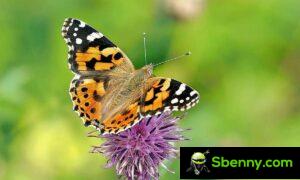
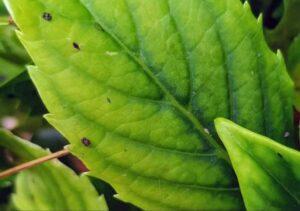
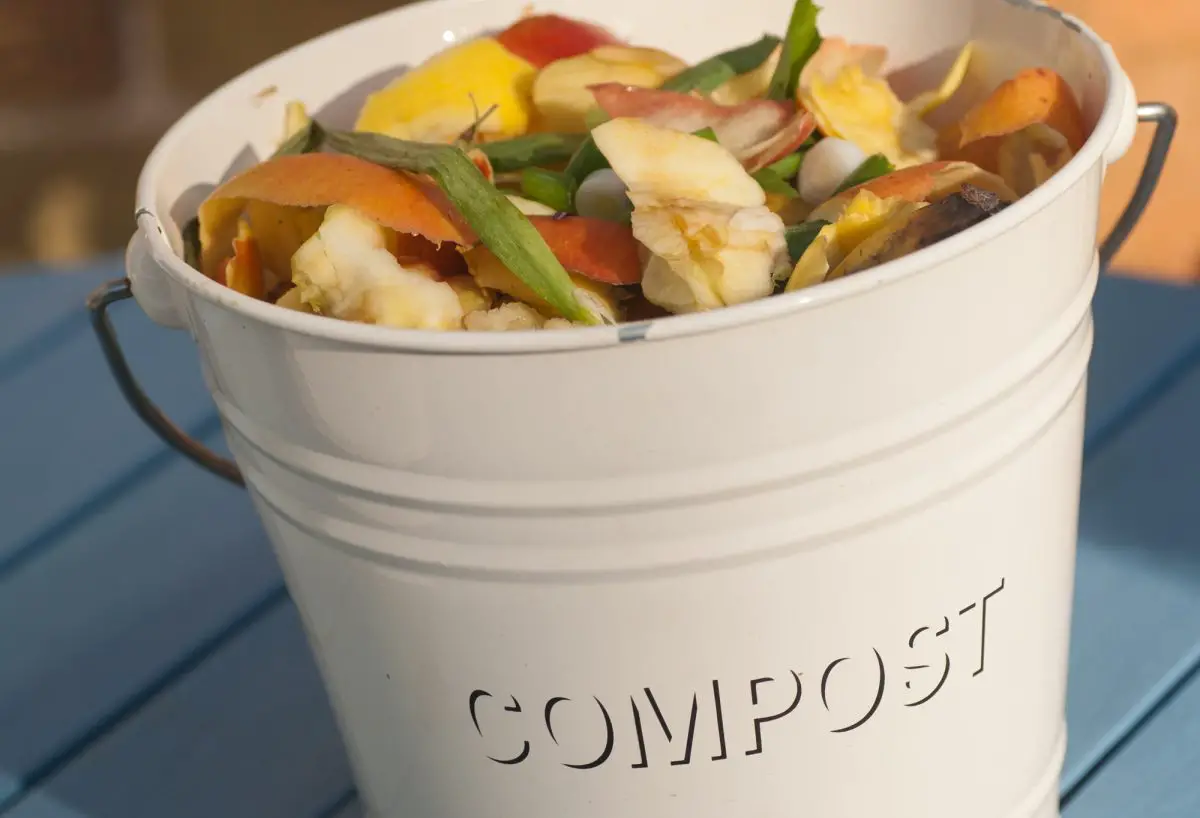
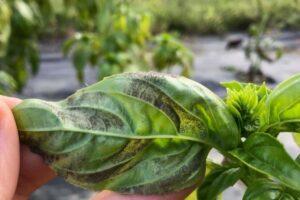
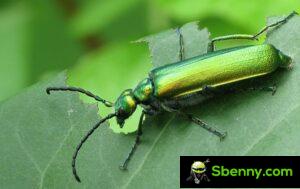
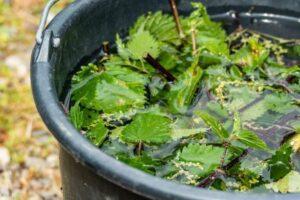
Start a new Thread